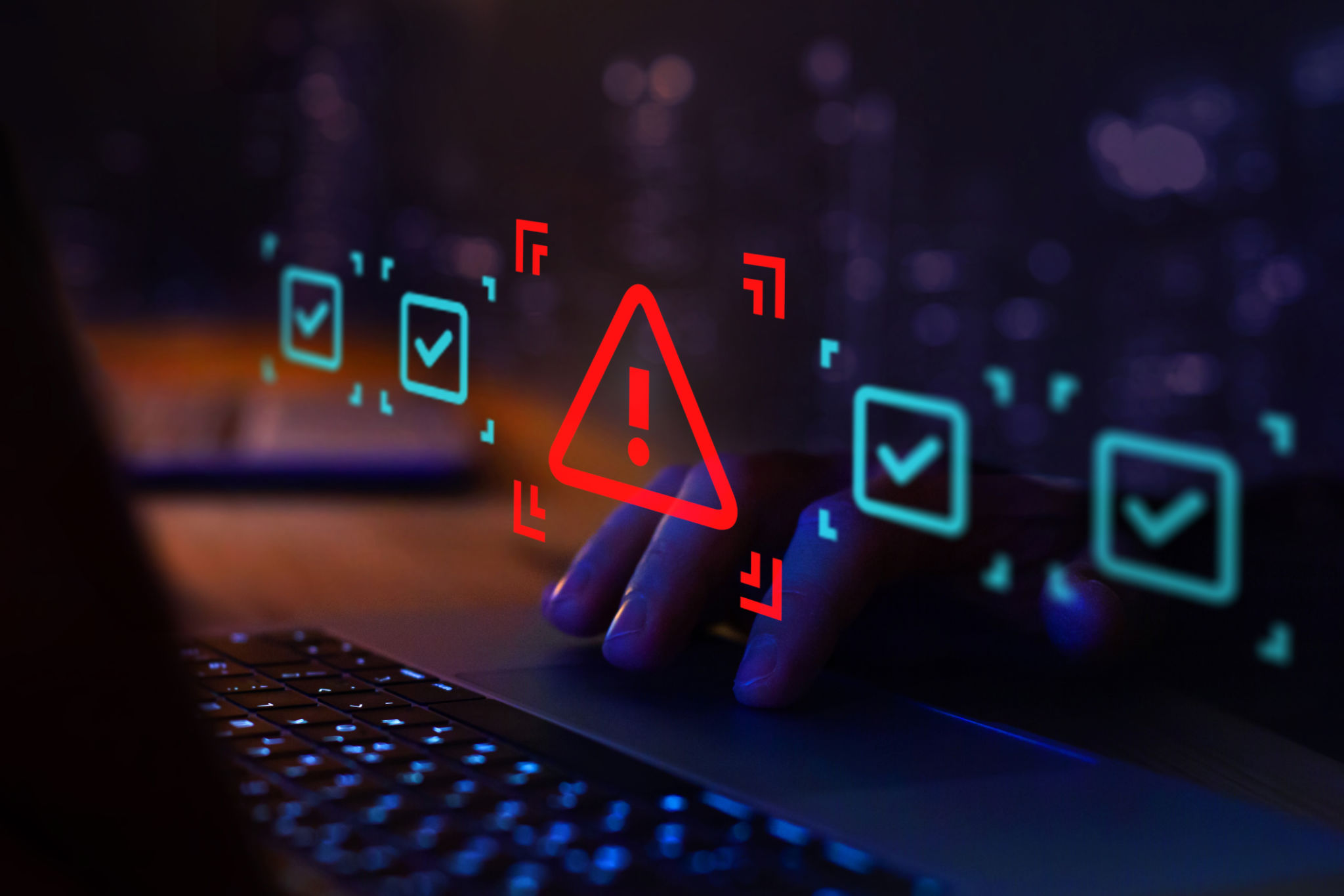Understanding Enterprise Security Solutions: What Businesses Need to Know
Understanding Enterprise Security Solutions
In today's digital landscape, businesses face an ever-growing array of security challenges. As cyber threats become more sophisticated, the need for robust enterprise security solutions has never been more critical. These solutions are designed to protect sensitive data, ensure compliance, and safeguard the overall integrity of business operations. But what exactly do these solutions entail, and why are they essential for modern enterprises?

Components of Enterprise Security Solutions
Enterprise security solutions encompass a wide range of tools and strategies aimed at protecting an organization's IT infrastructure from potential threats. Key components include:
- Network Security: Protects the network from unauthorized access, misuse, or theft, ensuring that data remains secure.
- Data Security: Focuses on safeguarding sensitive information from breaches and leaks.
- Endpoint Security: Involves securing endpoints or entry points of end-user devices like desktops, laptops, and mobile devices.
- Cloud Security: Protects data and applications that reside in the cloud.
Each component plays a crucial role in maintaining the overall security posture of an organization, and together, they form a comprehensive defense strategy.
The Importance of Compliance
Compliance with industry standards and regulations is a significant aspect of enterprise security solutions. Regulations such as GDPR, HIPAA, and PCI-DSS mandate stringent data protection measures. Non-compliance can lead to severe penalties, financial loss, and reputational damage. Therefore, implementing security solutions that align with these regulations is not just a best practice but a necessity for businesses operating in regulated industries.

Choosing the Right Security Solutions
Selecting the right security solutions for an enterprise involves understanding the specific needs and vulnerabilities of the business. Factors to consider include the size of the organization, the nature of its operations, and the types of data it handles. Businesses should also evaluate the scalability of security solutions to ensure they can grow with the company.
- Assess Risks: Conduct risk assessments to identify potential vulnerabilities.
- Define Requirements: Determine what features are necessary for your security infrastructure.
- Consider Integration: Ensure that new solutions integrate seamlessly with existing systems.
By carefully evaluating these factors, businesses can choose solutions that offer comprehensive protection without unnecessary complexity or cost.
The Role of Employee Training
While technology plays a vital role in enterprise security, human factors should not be overlooked. Employees are often the first line of defense against cyber threats. As such, regular training and awareness programs are essential to educate staff about potential risks and safe practices. Training should cover topics such as recognizing phishing attempts, maintaining password hygiene, and understanding data handling protocols.

The Future of Enterprise Security
As technology evolves, so too will the threats that businesses face. The future of enterprise security will likely see increased reliance on artificial intelligence and machine learning to predict and mitigate threats before they materialize. Additionally, the growing trend of remote work necessitates enhanced focus on securing off-site devices and networks.
Organizations must stay proactive in adapting to these changes by continually evaluating and updating their security strategies. By doing so, they can ensure resilience against emerging threats and maintain trust with their clients and partners.
In conclusion, understanding and implementing effective enterprise security solutions is crucial for any business aiming to protect its assets, comply with regulations, and foster a secure working environment. By blending advanced technology with human-centric strategies, businesses can create a robust security framework that supports their long-term success.